8 days cruise catamaran Seaman Journey – C1
Route C1: Main Islands of the Galapagos Archipelago
- 8 days
- 2-16
Highlights of the tour
- Flightless cormorants
- Beautiful beaches with playing sea lions
- Great snorkeling opportunities
- Variety of marine birds
Overview
The catamaran Seaman Journey takes you on a varied 8-day cruise through the Galapagos archipelago where you can admire the diverse flora and fauna and learn interesting facts about the history of these unique islands.
You are likely to see species such as flightless cormorants, sea lions playing and Galapagos giant tortoises.
Of course, there is also plenty of time to relax, swim and snorkel and on board the catamaran you can really enjoy yourself.
Itinerary
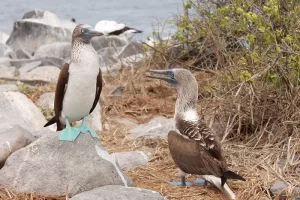 Morning – Arrival at Baltra Airport: At the mainland airport, you have purchased your TCC or Ingala card and a luggage inspection has already been conducted to ensure that no foreign plant or animal species are introduced. Upon your arrival at Seymour Ecological airport, your TCC (Transit Control Card) will be stamped. This must be kept in a safe place during your trip, as it must be presented again on your return flight. In addition, the Galapagos National Park entrance fee is due upon entry (US$200), if not already paid. Your guide will meet you at the airport, help you with your luggage and will accompany you on the short bus ride to the port. Here you will board the yacht. After greeting the crew and captain, you will be assigned your cabins and then have your first lunch together.
Morning – Arrival at Baltra Airport: At the mainland airport, you have purchased your TCC or Ingala card and a luggage inspection has already been conducted to ensure that no foreign plant or animal species are introduced. Upon your arrival at Seymour Ecological airport, your TCC (Transit Control Card) will be stamped. This must be kept in a safe place during your trip, as it must be presented again on your return flight. In addition, the Galapagos National Park entrance fee is due upon entry (US$200), if not already paid. Your guide will meet you at the airport, help you with your luggage and will accompany you on the short bus ride to the port. Here you will board the yacht. After greeting the crew and captain, you will be assigned your cabins and then have your first lunch together.
Afternoon – North Seymour: The shallow little island of North Seymour is an elevated part of the seabed. You can spot Galapagos iguanas among the scraggy bushes. You will also see many seabirds such as the brown pelican, red-billed tropicbirds, fork-tailed gulls and, depending on the season, Nazca boobies. The main attraction, however, is Galapagos’ largest breeding colony of blue-footed boobies – be careful not to step on their nests! – And frigatebirds. At the beginning of the breeding season, adult male frigatebirds inflate their bright red throat pouches to nearly the size of a soccer.
Meals: Breakfast/Lunch/Dinner
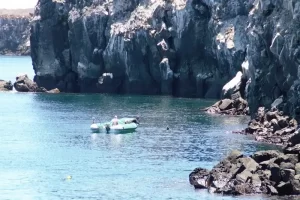 Morning – Prince Philip’s Steps (also called El Barranco): During the morning you will continue sailing to Prince Philip’s Steps, one of the two visitor sites on Genovesa Island. Sometimes Galapagos fur seals rest on the rocky ledges. After climbing the steep stone steps, you will take a guided walk where you will see many different birds such as red-footed and blue-footed boobies. The red-footed boobies are almost only seen on Genovesa and nest in the palo santo trees. The bushes on the edge to the ocean side are loosening up and you can enjoy the incredible view and the ocean breeze. Continuing, you will pass by a colony of Nazca boobies and eventually reach nests of storm petrels where, if you are lucky, you may also see the short-eared owl hunting.
Morning – Prince Philip’s Steps (also called El Barranco): During the morning you will continue sailing to Prince Philip’s Steps, one of the two visitor sites on Genovesa Island. Sometimes Galapagos fur seals rest on the rocky ledges. After climbing the steep stone steps, you will take a guided walk where you will see many different birds such as red-footed and blue-footed boobies. The red-footed boobies are almost only seen on Genovesa and nest in the palo santo trees. The bushes on the edge to the ocean side are loosening up and you can enjoy the incredible view and the ocean breeze. Continuing, you will pass by a colony of Nazca boobies and eventually reach nests of storm petrels where, if you are lucky, you may also see the short-eared owl hunting.
Afternoon – Darwin Bay: Within the submerged caldera of Genovesa lies Darwin Bay. This bay with a beautiful sandy beach holds a few surprises as you walk over barren lava formations, past tide pools and shrubs, and then climb cliffs at the end. Every single species you observe along the way has its own ecological niche. Whimbrels and migratory sandpipers actively forage in the surf alongside resting Galapagos sea lions. Impressive frigatebirds and red-footed boobies’ nest in the mangroves, where songbirds such as yellow warblers, Darwin’s finches and Galapagos mockingbirds can also be seen. Something special are the two subpopulations of cactus finches, distinguished only by their song. From the sandy beach you can snorkel wonderfully.
Meals: Breakfast/Lunch/Dinner
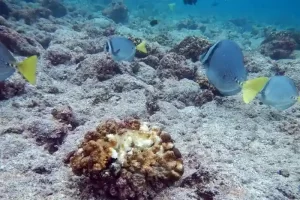 Morning – South Plaza: After breakfast, you will take an unforgettable guided walk on South Plaza, the best place to encounter the native Galapagos land iguanas. Also, note the unique mix between a male marine lizard and a female land iguana. Once on the top ledge, you’ll get an impressive view of booming waves crashing against the cliffs some 20 meters below. Clouds of petrels, storm petrels, shearwaters and noddies terns delight you with their spectacular flights. Take your binoculars and watch the red-billed tropicbirds with their graceful tails and their spectacular mating fights. These cliffs are also the nesting sites of the native fork-tailed gulls. Before lunch, you will sail to Santa Fe, possibly accompanied by bottlenose dolphins.
Morning – South Plaza: After breakfast, you will take an unforgettable guided walk on South Plaza, the best place to encounter the native Galapagos land iguanas. Also, note the unique mix between a male marine lizard and a female land iguana. Once on the top ledge, you’ll get an impressive view of booming waves crashing against the cliffs some 20 meters below. Clouds of petrels, storm petrels, shearwaters and noddies terns delight you with their spectacular flights. Take your binoculars and watch the red-billed tropicbirds with their graceful tails and their spectacular mating fights. These cliffs are also the nesting sites of the native fork-tailed gulls. Before lunch, you will sail to Santa Fe, possibly accompanied by bottlenose dolphins.
Afternoon – Santa Fe: After lunch, you will be met directly by a Galapagos sea lion colony on the beach, where you will have time for either a refreshing swim or exceptional snorkeling surrounded by tropical reef fishes in the crystal-clear waters of Barrington Bay. In addition, you will see vast opuntia cactus forests. The largest cacti on the island have extremely thick trunks and can grow over 10 meters tall. After a wet landing on Santa Fe beach, take a guided nature walk. This extraordinary island is a remnant of what is probably the oldest volcano in Galapagos. Your guide will decide whether to follow an easy, short walk or a strenuous, longer hike inland (moderately difficult, about 3 km).
Meals: Breakfast/Lunch/Dinner
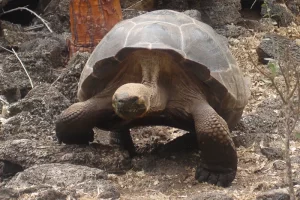 Morning – Jacinto Gordillo Breeding Centre: In 2004, the breeding and rearing center for young turtles Jacinto Gordillo, named after a famous settler in Cerro Colorado on San Cristobal Island, has been established. In 2008, a program of assisted reproduction began on the island due to the birth of a small turtle in captivity. You can learn all about this at the Jacinto Breeding Centre, where you can not only learn about breeding processes, but also get involved and learn why this breeding center does what it does.
Morning – Jacinto Gordillo Breeding Centre: In 2004, the breeding and rearing center for young turtles Jacinto Gordillo, named after a famous settler in Cerro Colorado on San Cristobal Island, has been established. In 2008, a program of assisted reproduction began on the island due to the birth of a small turtle in captivity. You can learn all about this at the Jacinto Breeding Centre, where you can not only learn about breeding processes, but also get involved and learn why this breeding center does what it does.
Afternoon – Interpretation Centre: You will drive to the interpretation center near the capital Puerto Baquerizo Moreno. Information panels in English and Spanish, photos, models and diagrams explain the origins of the Galapagos Islands. The detailed exhibition also offers insights into the volcanic formation of the archipelago, the distance to the mainland, ocean currents, the special climate, the arrival of different species and their distribution, and more. After this visit, you will have plenty of time to explore the place.
Meals: Breakfast/Lunch/Dinner
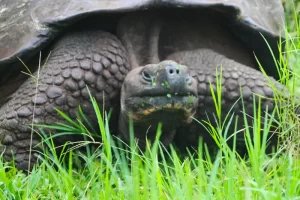 Morning – Galapaguera: You will visit the Turtle Protection and Breeding Center in Cerro Colorado. This center was built to help increase the population of turtles on the island. The center has a large enclosure, a visitor center and a hatchery. Along the footpath it is possible to see different species of native and endemic plants, as well as birds such as the San Cristóbal mockingbird, the golden warbler and many species of finches and the Galápagos flycatchers.
Morning – Galapaguera: You will visit the Turtle Protection and Breeding Center in Cerro Colorado. This center was built to help increase the population of turtles on the island. The center has a large enclosure, a visitor center and a hatchery. Along the footpath it is possible to see different species of native and endemic plants, as well as birds such as the San Cristóbal mockingbird, the golden warbler and many species of finches and the Galápagos flycatchers.
Afternoon – Witch Hill: The first attraction in this place is the coral sand beach. It is perfect for swimming and snorkeling. Cerro Brujo is a remnant of a tuff cone. It is one of the first places that Charles Darwin visited. Captain Fitzroy climbed the hill to spy out reefs. It’s an impressive landscape that often makes it possible to see shorebirds and migratory birds, including pelicans, blue-footed boobies and fork-tailed gulls, as well as sea lions and marine lizards. Sometimes the lagoon is completely dry, and salt deposits are on the bottom. The people of Puerto Baquerizo Moreno used the lagoon as a salt mine.
Meals: Breakfast/Lunch/Dinner
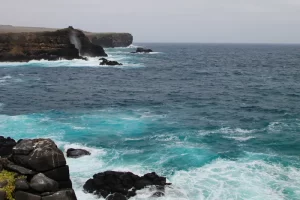 Morning – Gardner Bay: On the northeastern coast of Española Island, Gardner Bay offers a wonderful place to refresh in the turquoise sea and marvel at the large number of colorful reefs fishes. Snorkel side by side with green sea turtles or enjoy the proximity of playful Galapagos sea lions. The white sand beach is additionally an important breeding ground for green sea turtles. You may also spot whales in the crystal-clear ocean.
Morning – Gardner Bay: On the northeastern coast of Española Island, Gardner Bay offers a wonderful place to refresh in the turquoise sea and marvel at the large number of colorful reefs fishes. Snorkel side by side with green sea turtles or enjoy the proximity of playful Galapagos sea lions. The white sand beach is additionally an important breeding ground for green sea turtles. You may also spot whales in the crystal-clear ocean.
Afternoon – Suarez Point: This rocky area is home to the most impressive and diverse seabirds of the archipelago. The endangered Galapagos Albatross returns to Española Island annually (March – December). This allows visitors to marvel at the courtship dance characterized by whistles and bows (especially in October). Blue-footed and Nazca boobies, fork-tailed gulls and red-billed tropicbirds are also native to this island. Along the southern coast, high cliffs allow spectacular views of soaring birds and seawater shooting up through air holes like fountains.
Meals: Breakfast/Lunch/Dinner
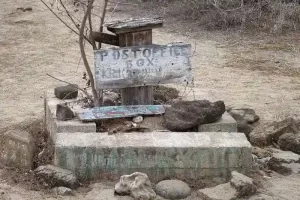 Morning – Cormorant Point: The peninsula of Cormorant Point forms the northern cape of Floreana, which was formed by a series of smaller volcanic cones covered with tropical dry forest (palo santo). At the landing beach, you will be greeted by a small Galapagos sea lion colony. The green sand on this beach contains a high percentage of glassy olivine crystals blown out from the surrounding tuff cones. The ‘flour sand’ beach on the south side of the peninsula consists of even whiter coral sand that feels very smooth on the feet. Parrotfish have provided pulverization by grinding up calcium-bearing skeletons of still-living corals. You may spot schools of stingrays that like to bury themselves in the sandy bottom. During the first months of the year, green sea turtles come ashore to bury their eggs.
Morning – Cormorant Point: The peninsula of Cormorant Point forms the northern cape of Floreana, which was formed by a series of smaller volcanic cones covered with tropical dry forest (palo santo). At the landing beach, you will be greeted by a small Galapagos sea lion colony. The green sand on this beach contains a high percentage of glassy olivine crystals blown out from the surrounding tuff cones. The ‘flour sand’ beach on the south side of the peninsula consists of even whiter coral sand that feels very smooth on the feet. Parrotfish have provided pulverization by grinding up calcium-bearing skeletons of still-living corals. You may spot schools of stingrays that like to bury themselves in the sandy bottom. During the first months of the year, green sea turtles come ashore to bury their eggs.
Afternoon – Post Office Bay: During lunch, you will navigate back to Post Office Bay (approximately 1 hour). Throw your vacation greetings into the historic barrel, one of three nearby visitor sites to the north of Floreana (short detour, wet landing) and relax. In addition to Galapagos sea lions, sea turtles and the golden cow-nosed ray, you can spot Galapagos penguins here. This is the only place in the South-Eastern archipelago where penguins live. Explore by rubber boat – or at your own pace by kayak – another submerged crater rim by the shoreline off Baroness Lookout. After climbing up the small basalt cone, you can enjoy magnificent views. This lookout was the favorite spot of one of Floreana’s first colonists, the eccentric baroness and self-proclaimed ‘Empress of Galapagos’ Eloisa von Wagner Bosquet, who even built her house a few meters behind it. She and one of her lovers were the first in a series of mysterious disappearances and deaths in the 1930s.
Meals: Breakfast/Lunch/Dinner
Morning – Charles Darwin Station: After breakfast, rubber boats will take you to the tourist pier of Puerto Ayora, from where you will continue to the Charles Darwin Research Station. Here biological research and indispensable conservation of the unique archipelago are carried out. The complex houses the Interpretation and Information Center of the National Park and the Galapagos Marine Reserve. The most unforgettable part of your visit will most likely be the successful hatchery and encounter with the Galapagos giant tortoises. Afterwards, you will be transferred to Baltra Airport for your flight to the mainland.
Meals: Breakfast
- Included services
- Accommodation on board in a cabin with private bathroom
- All meals, water, coffee and tea
- All excursions as indicated in the itinerary (subject to change) with bilingual naturalist guide (English-Spanish)
- Airport transfers in Galapagos (only guaranteed if the flight is booked together with the cruise)
- Snorkeling equipment (mask, fins and snorkel)
- Towels for bathroom and beach
- Not included services
- International flight and Galapagos flight
- Entrance fee to Galapagos National Park (USD 200 per person, children under the age of 12 USD 100)
- Transit control card (USD 20 per person, subject to change)
- Airport transfers in Galapagos (if the flight is not booked together with the cruise)
- Wetsuit
- Soft and alcoholic drinks
- Tips
- Travel insurance and other personal expenses
Hints
Ask us for children or group discount.
Price not valid for Christmas and New Years´s Eve departures.
All prices are subject to change if local tax increases or other circumstances beyond our control occur.
The itinerary is subject to change at any time due to circumstances beyond our control.
In order to rent a wetsuit, we will need your clothing size (S/M/L/XL) before your arrival in Galapagos. Standard wetsuits with a thickness of 3 mm are rented.
Travel Insurance:
To protect your travel investment, we highly recommend the purchase of travel insurance. Travel insurance is intended to cover medical expenses, trip interruption and cancellation, theft and other losses incurred while traveling domestically or internationally.
Visa and Entry Requirements:
Ecuador requires a valid passport (with a minimum 6 months validity). Contact your local embassy or consulate for the most up-to-date visa requirements.
Other interesting cruises
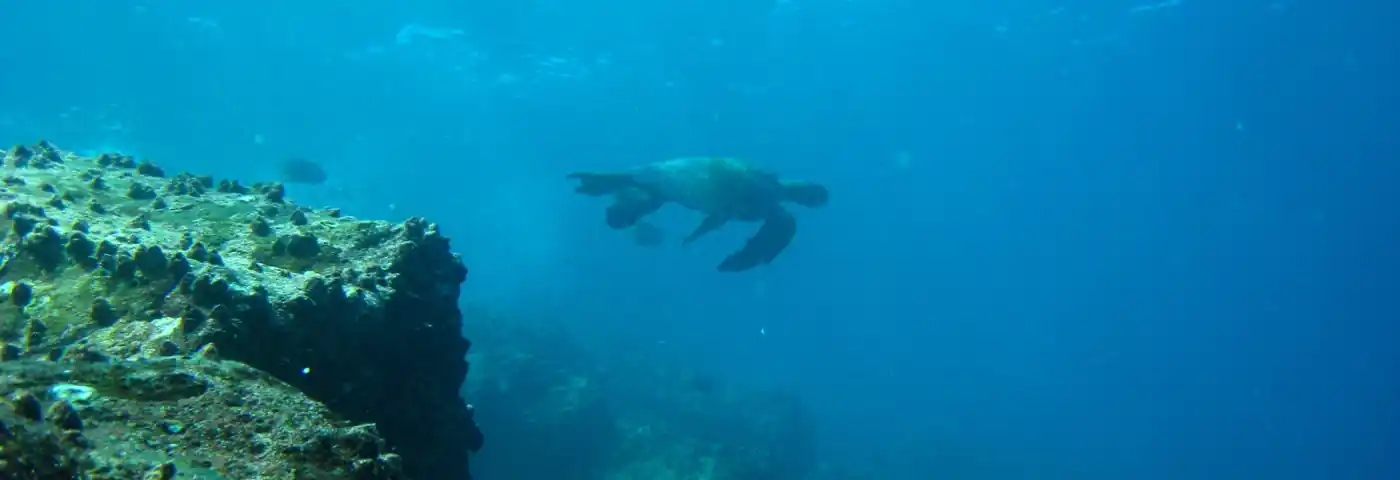
From US$ 5490 p.p.
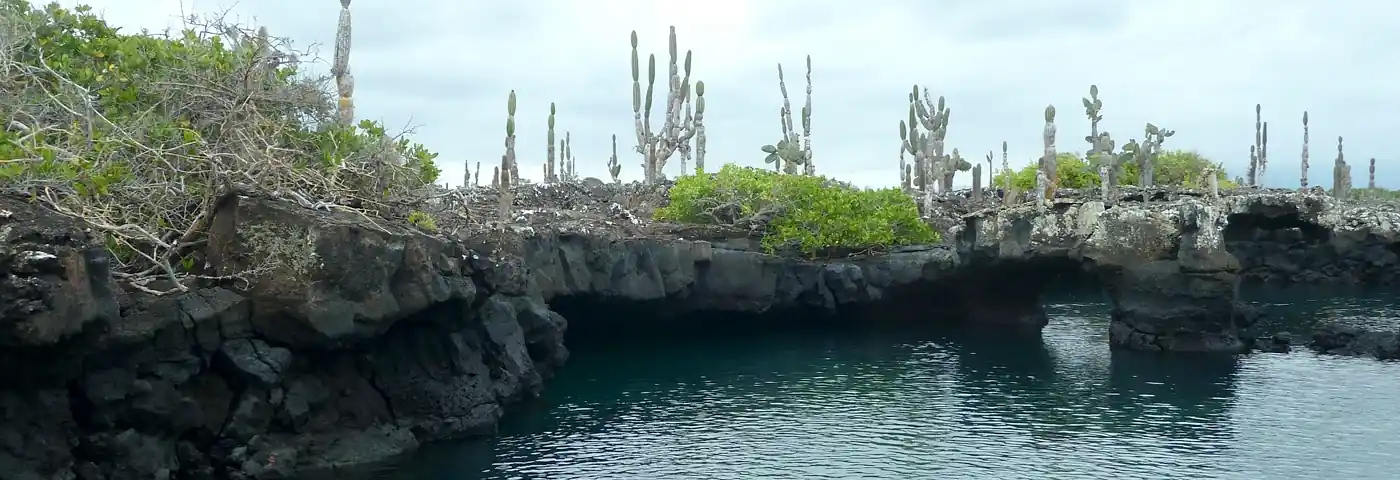
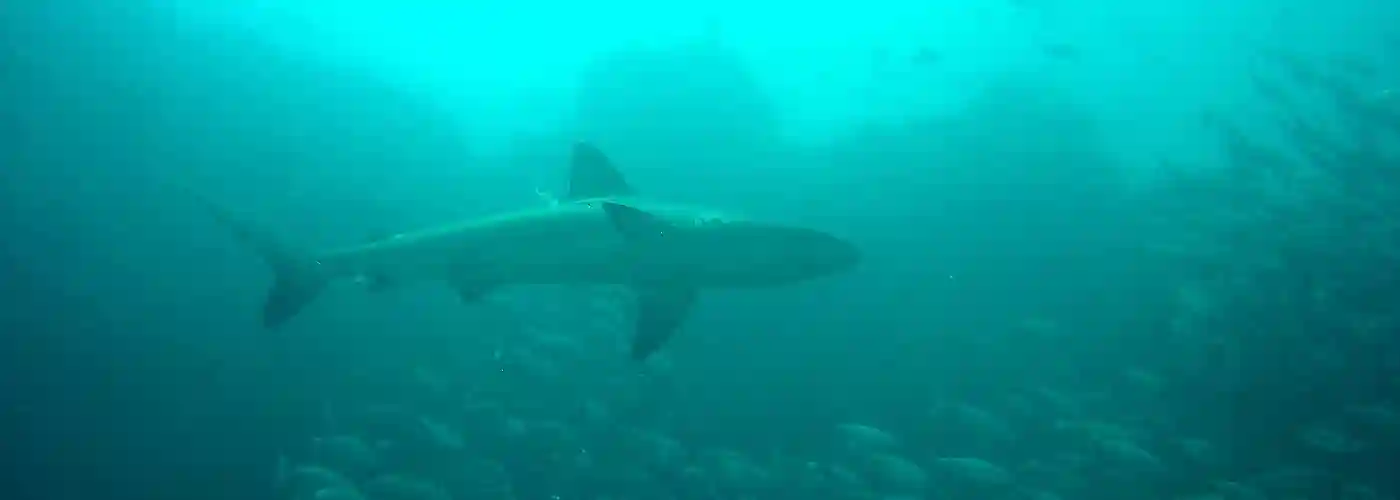
From US$ 3940 p.p.
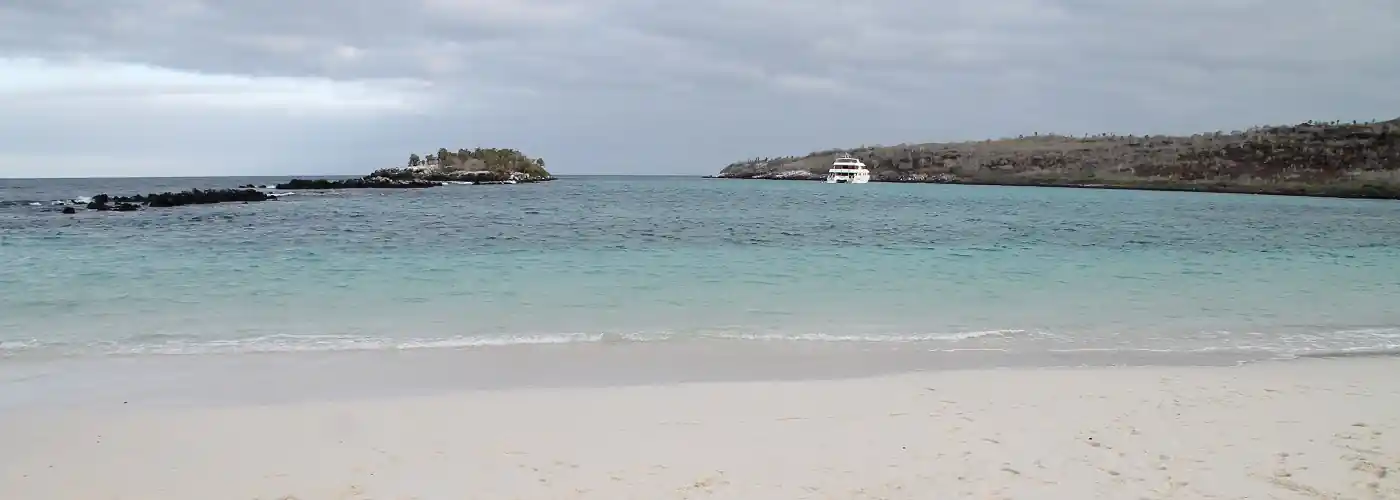
From US$ 3940 p.p.
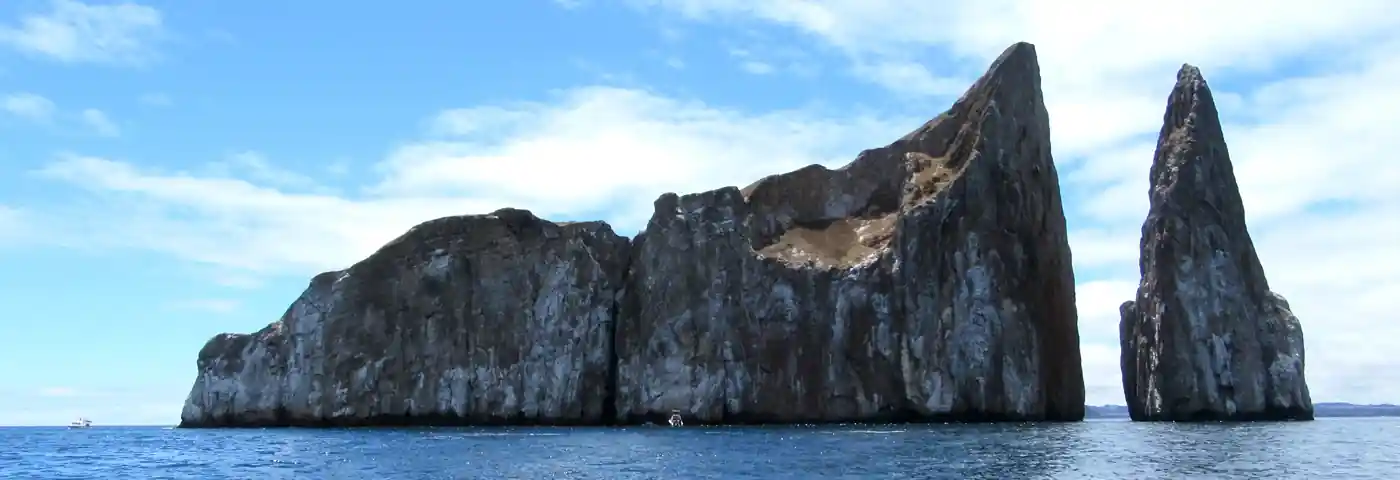
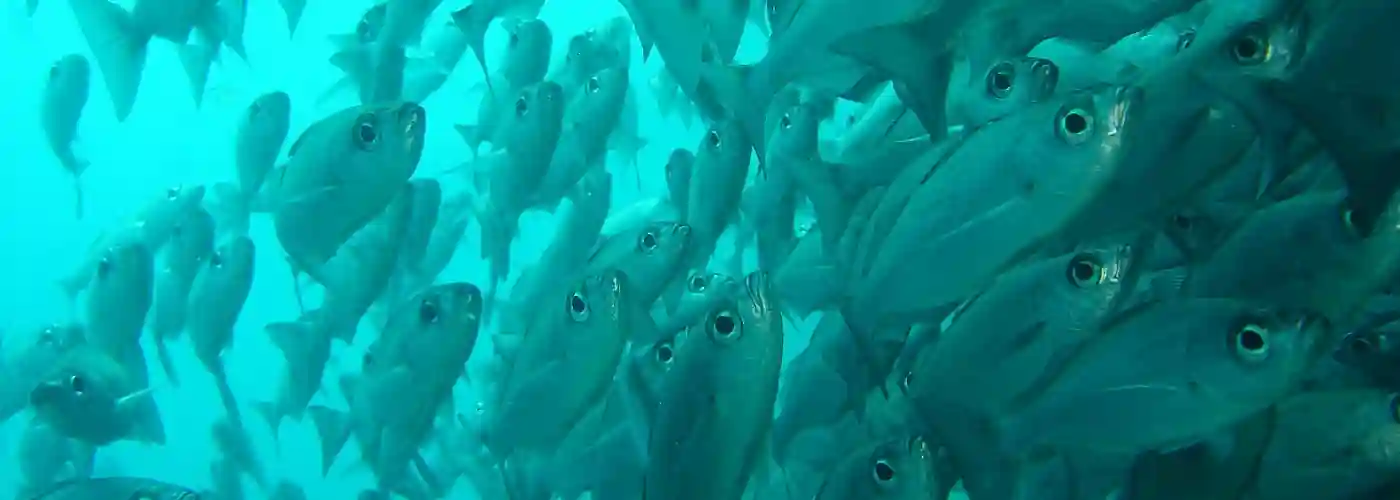
From US$ 2090 p.p.
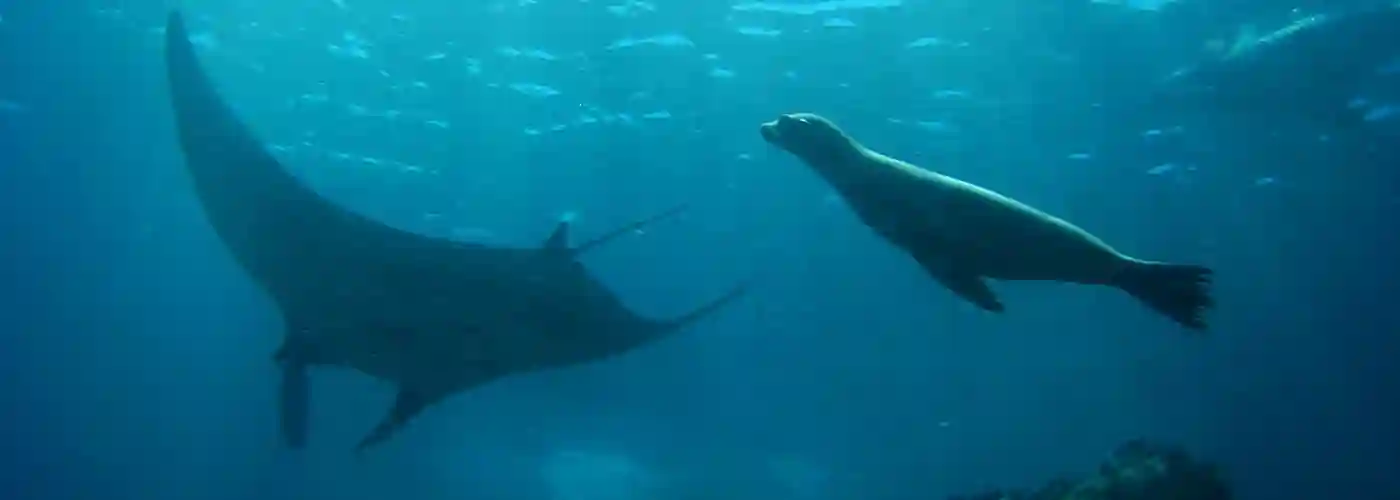
From US$ 5080 p.p.

From US$ 5740 p.p.
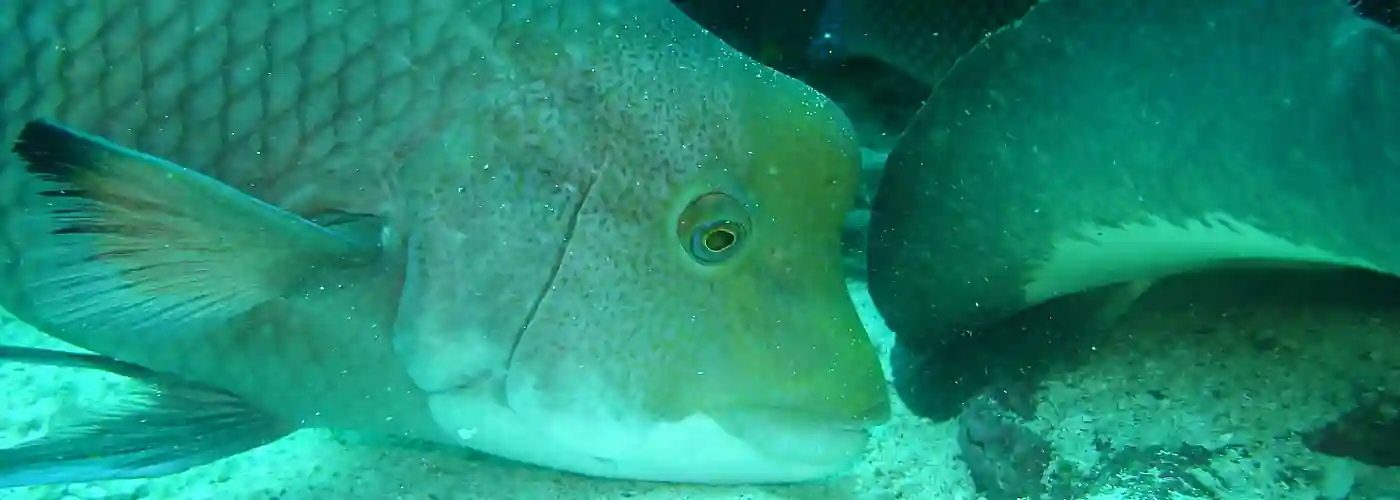
From US$ 5740 p.p.
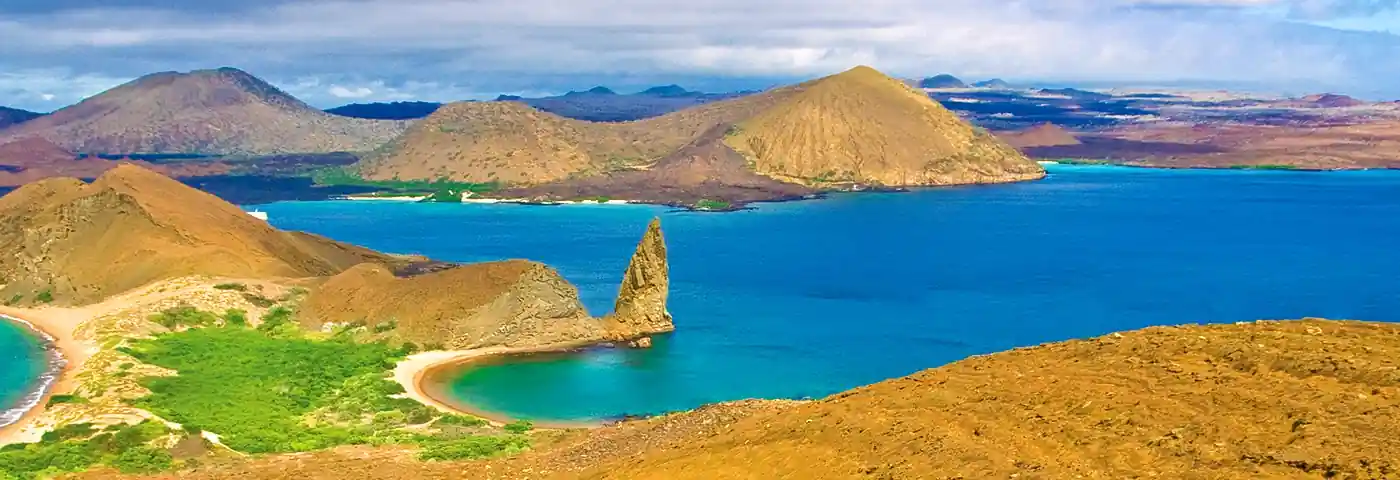
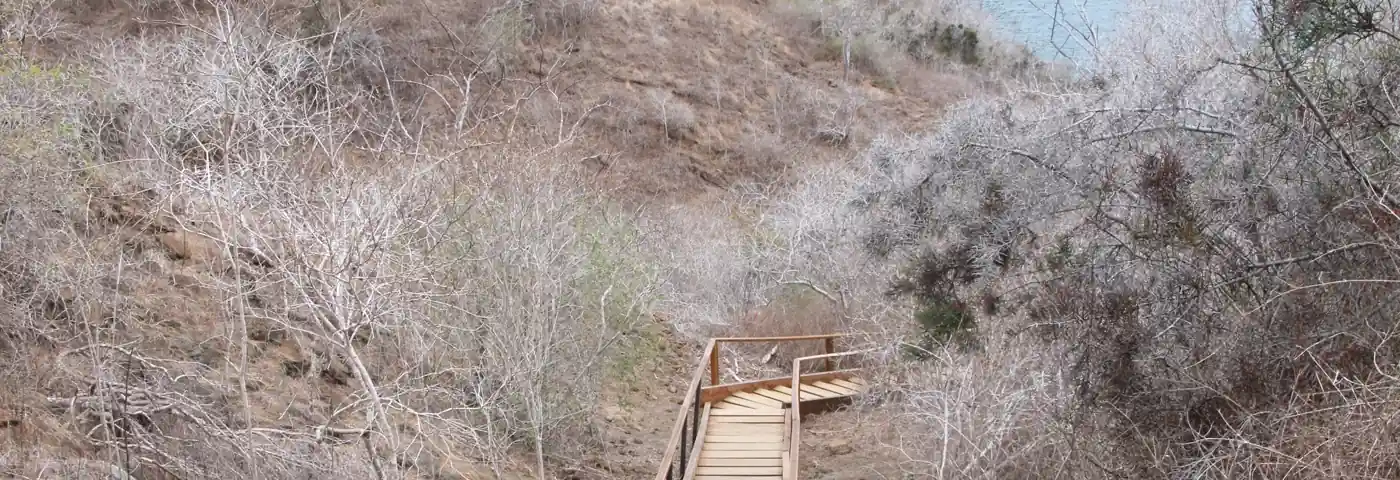
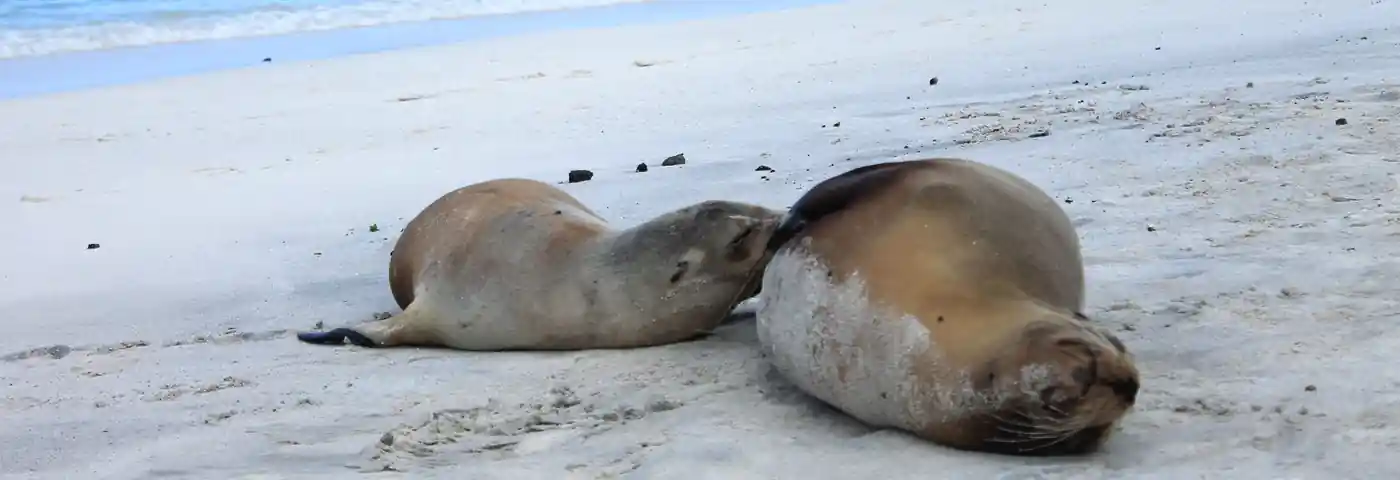
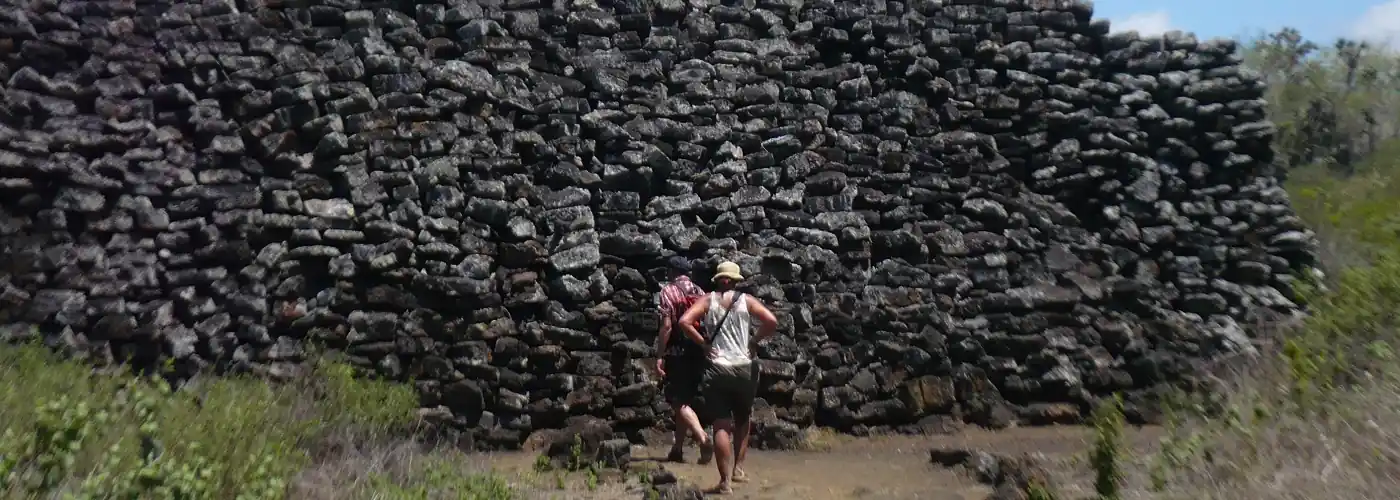

From US$ 2060 p.p.
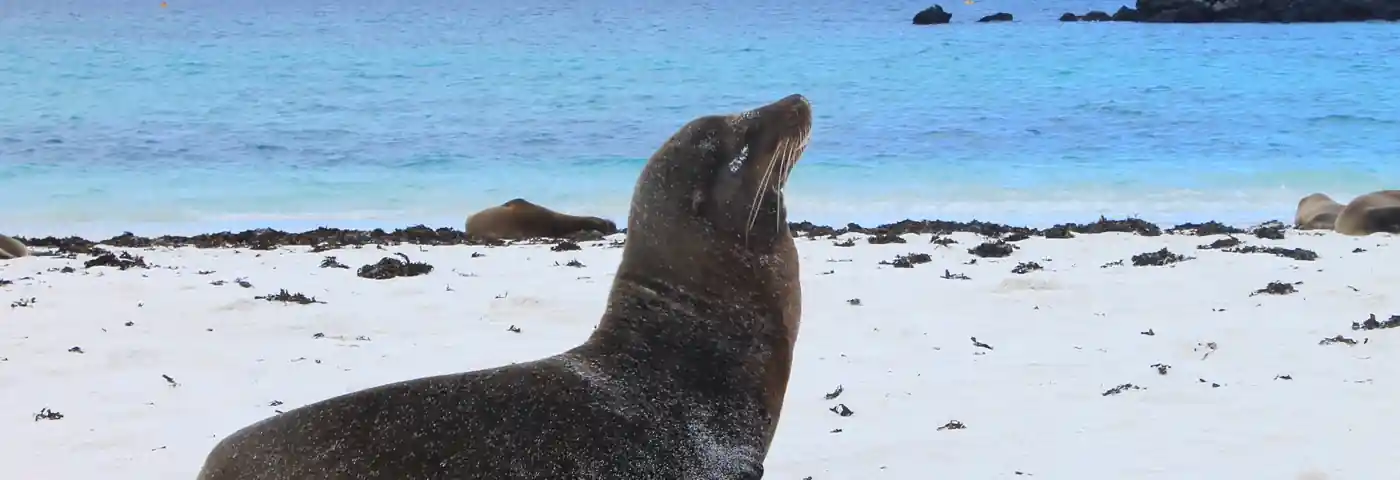
From US$ 4490 p.p.
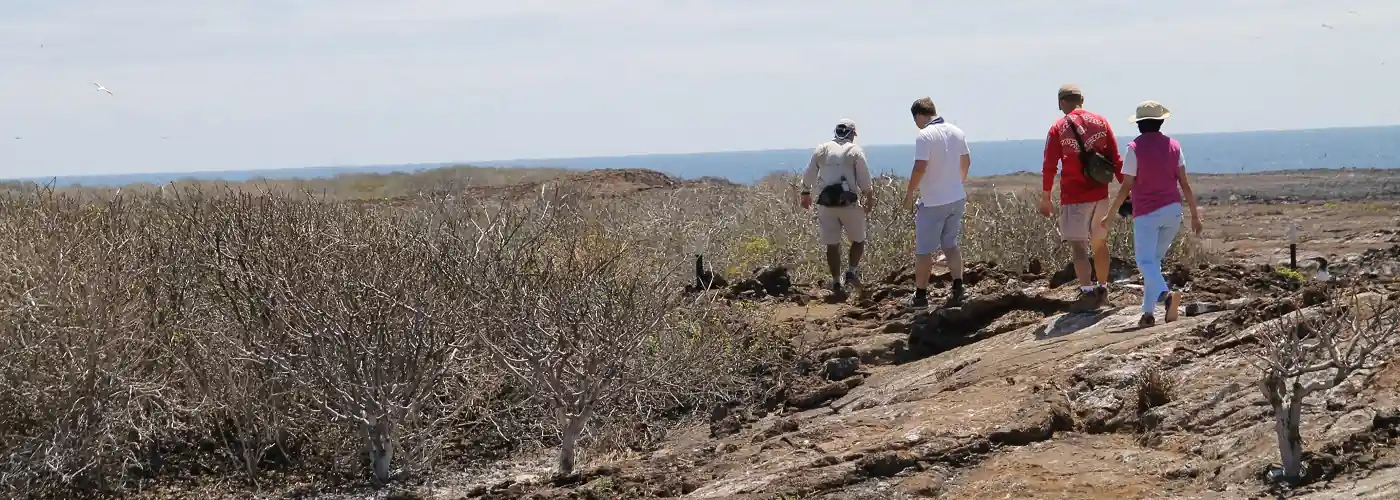
From US$ 3350 p.p.
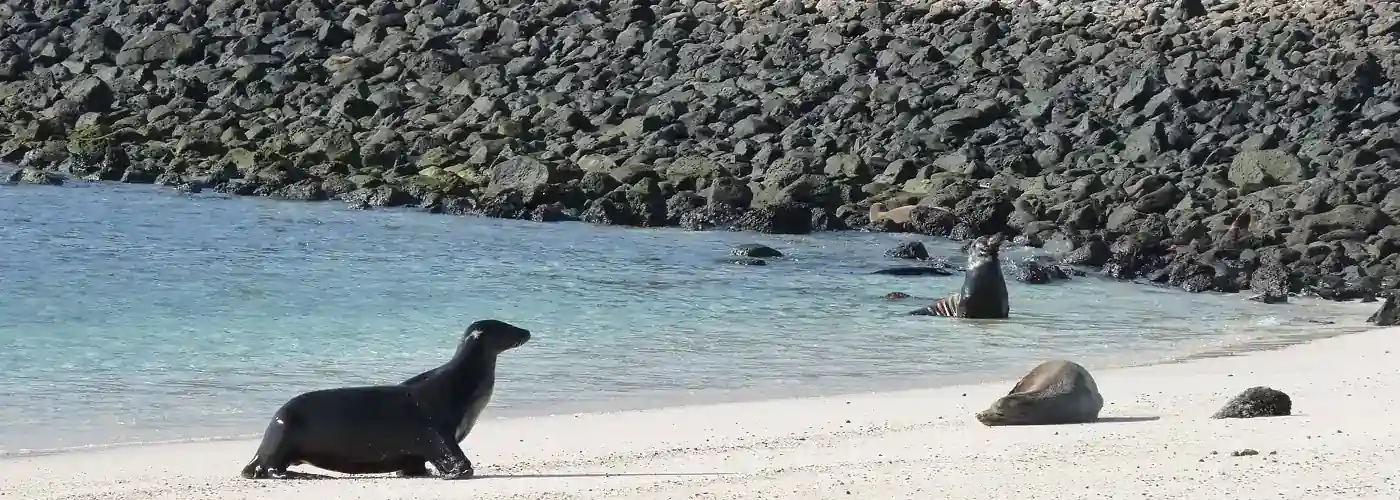
From US$ 3560 p.p.

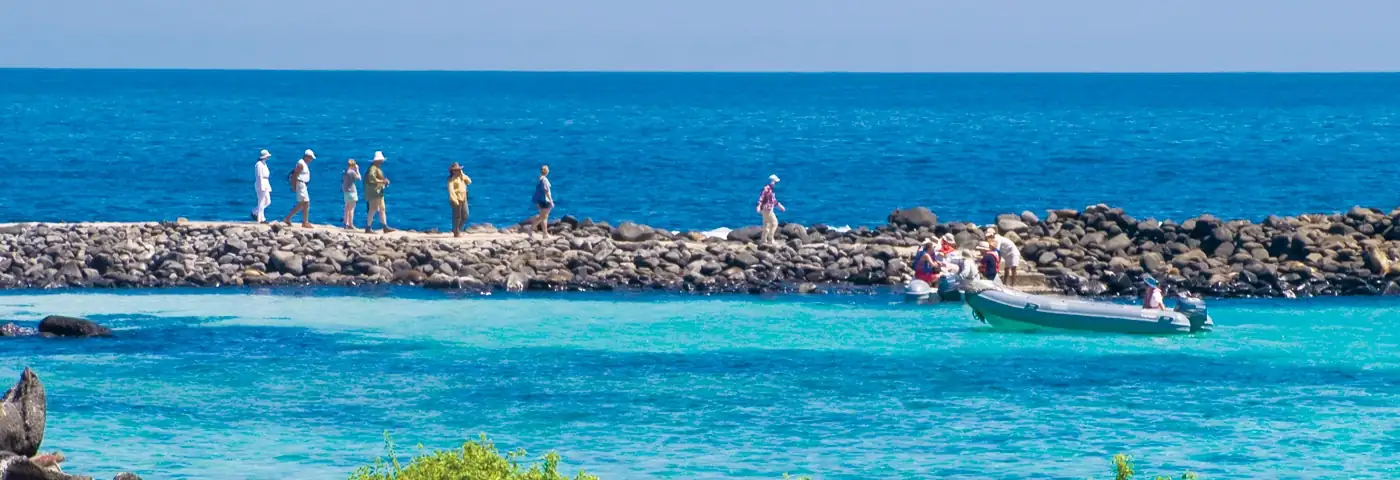
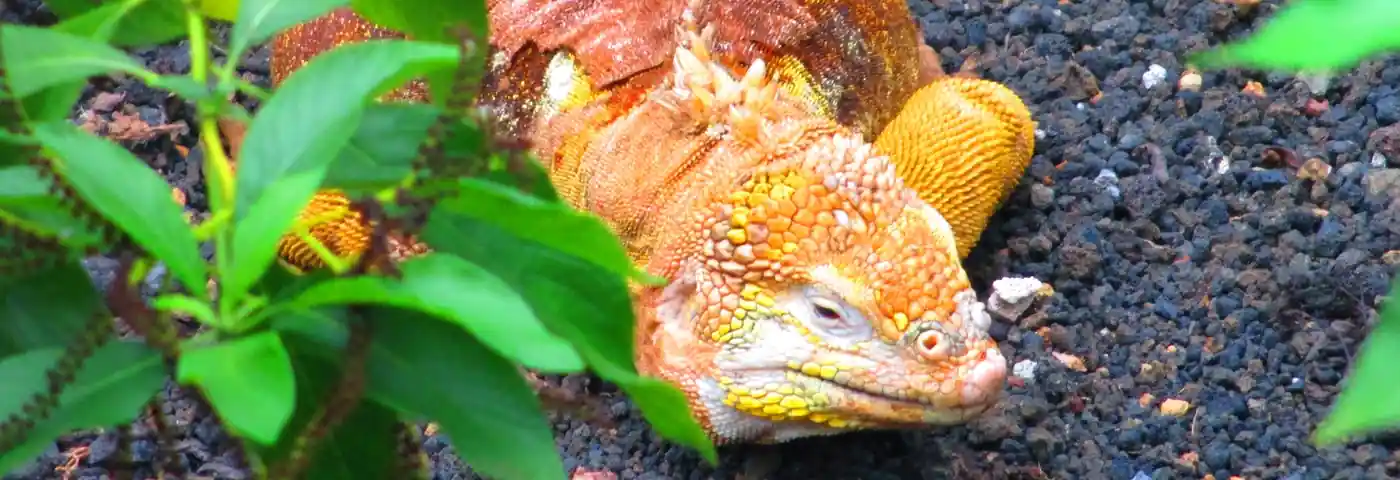
8 days cruise catamaran Seaman Journey – C1
Get in touch:

Dayana Arias Leon
- +593 (0)2 2194333
- hello@soleq.travel

